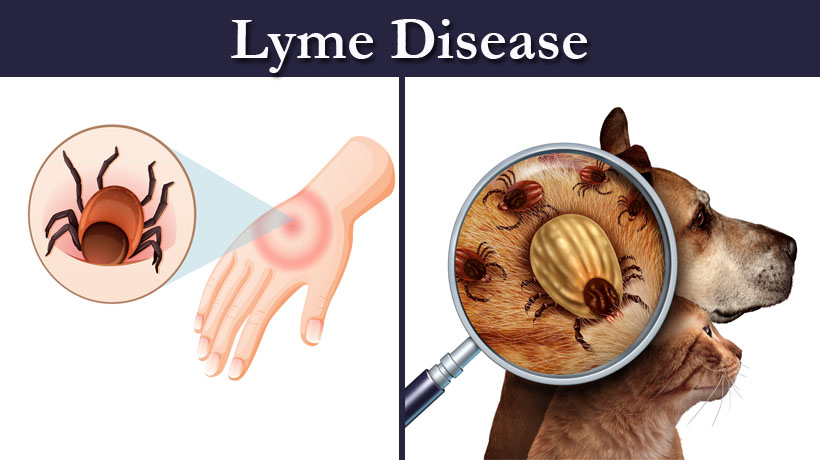As the summer months fast approach, the camping sites get booked and the RVs get packed. But with these outdoor festivities on the horizon, the increased risk of Lyme disease rears its ugly head. According to the medical resource website Healthline, this is the time of year during which most of these cases are diagnosed.
The illness generally begins when ticks containing a bacterium called Borrelia infect their victims with a bite. These small arachnids like warmth, so they will often attach themselves to places on the body such as the groin, armpits, or scalp, says Healthline.
Upon infection, a classic bull’s-eye rash that consists of a small red bump with a red ring around it often appears. Between three to 30 days after exposure, the rash can expand and spread up to 12 inches across. These initial symptoms are frequently accompanied by fatigue, chills, fever, headache, and neck stiffness.
If an extended period of time without treatment passes, rashes can appear on other parts of the body, severe joint pain can ensue, and neurological problems can potentially lead to meningitis.
Diagnostic controversy
When doctors perform diagnostic blood tests, they do not check for the presence of the bacteria—instead, they check for an immune response to it. However, the release of this response takes at least a couple of weeks, which is why positive cases of the disease can sometimes be misdiagnosed in their early stages.
A more surefire way to diagnose Lyme, at least upon initial exposure, is to look for the presence of a bull’s-eye rash that appears on the skin a few days after the tick bit. The issue with this method, though, is that the rash only shows up in 80% of cases.
Because of these diagnostic issues, there is feverish controversy, coined “Lyme wars,” about the kind of treatment that should be administered to patients. However, there are several ways you can limit your risk of Lyme disease.
Do: Inspect your body after spending time in the city. Although we traditionally associate cases of Lyme with “woodsy” activities, ticks with Borrelia can still be found on logs and tall grass in urban parks.
Do not: Neglect to check your dog or your children, especially before cuddling with them. Pets and kids may be more likely to carry ticks because they tend to spend more time outdoors and since they are so low to the ground.
Do: Cover up. Wear shoes, long pants tucked into your socks, a hat, and gloves.
Do not: Throw away the tick if you are bitten. Doing so will prevent or delay experts from identifying what kinds of pathogens it has.
Do: “Tick proof” your yard. Mow your lawn consistently, stack wood in open, sunny areas that do not tend to get wet, and clear leaves and brush on a regular basis.
Do not: Assume you are immune. It can be easy to write off a Lyme diagnosis as extreme and unlikely, but the truth of the matter is that anyone exposed to it is at risk. Check yourself after taking an outdoor trip, walking in the park, and even raking the leaves in your neighborhood. You can also get Lyme more than once.
Sources:
https://www.health.harvard.edu/blog/lyme-disease-resolving-the-lyme-wars-2018061814071
https://www.healthline.com/health-news/5-ways-youre-at-risk-for-lyme-disease-without-knowing-it
https://www.mayoclinic.org/diseases-conditions/lyme-disease/symptoms-causes/syc-20374651



